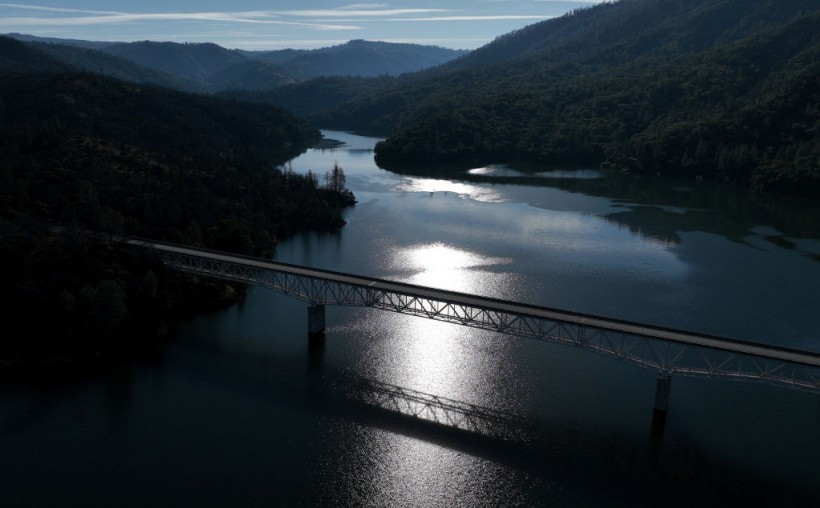Global warming is the most urgent and complex challenge facing humanity today. It is caused by the accumulation of greenhouse gases, such as carbon dioxide (CO2) and methane (CH4), in the atmosphere, which trap heat and raise the Earth's temperature.
Global warming has serious consequences for the environment, human health, food security, economic development, and social stability.
To avoid the worst impacts of global warming, such as extreme weather events, sea level rise, biodiversity loss, and human displacement, the world needs to reduce greenhouse gas emissions drastically and rapidly.
However, this is not an easy task, as it requires transforming the way we produce and consume energy, transport, agriculture, and other sectors.
One of the most promising and cost-effective ways to reduce greenhouse gas emissions is to target methane, which is the second most abundant and potent greenhouse gas after CO2.
Methane is responsible for about 30% of the warming that has occurred since pre-industrial times and has a global warming potential 84 times higher than CO2 over 20 years.
The gas is emitted from various natural and human sources, such as wetlands, landfills, rice paddies, livestock, coal mines, and oil and gas production and distribution.
Some of these sources are unavoidable or difficult to control, but others are avoidable or easy to control.
By focusing on these sources, we can achieve significant and immediate reductions in methane emissions that can slow down global warming in the short term.
Curbing methane leaks from oil and gas fields
 (Photo : Justin Sullivan/Getty Images)
(Photo : Justin Sullivan/Getty Images)

Oil and gas fields are among the largest sources of human-made methane emissions, accounting for about 23% of the global total, as per Phys.org.
Methane is released from oil and gas operations through intentional venting (releasing gas to the atmosphere), unintentional leaks (fugitive emissions from equipment or pipelines), or incomplete combustion (flaring or burning gas).
Methane leaks from oil and gas fields are not only harmful to the climate but also wasteful for the industry.
According to the International Energy Agency (IEA), about 75 billion cubic meters of natural gas were lost or flared in 2020, equivalent to 13% of global gas consumption. This represents a loss of revenue of about $20 billion for oil and gas producers.
Reducing methane leaks from oil and gas fields is one of the most cost-effective and feasible climate actions available today.
The IEA estimates that around 40% of oil and gas methane emissions could be avoided at no net cost, by using existing technologies and best practices to detect, measure and repair leaks.
The remaining emissions could be reduced at a low cost, by using alternative technologies or practices to vent or flare less gas.
These initiatives show that curbing methane leaks from oil and gas fields is not only beneficial for the climate but also for the economy, energy security, and international cooperation.
Also Read: Since 2000, Global Warming Has More than Doubled Extreme Ocean Warming Events Over Japan
Curbing methane emissions from coal mines
Coal mines are another major source of human-made methane emissions, accounting for about 11% of the global total, as per Bloomberg.
Methane is naturally present in coal seams, where it is trapped by water or pressure. When coal is mined, methane is released into the mine workings or the atmosphere.
Methane emissions from coal mines are not only harmful to the climate but also dangerous for the miners.
It can cause explosions or fires in underground mines or asphyxiation in poorly ventilated areas, and can also affect the quality of coal by reducing its calorific value or increasing its moisture content.
Reducing methane emissions from coal mines is another cost-effective and feasible climate action available today.
The IEA estimates that around 60% of coal mine methane emissions could be avoided at no or low cost, by using existing technologies and best practices to capture, use or destroy methane.
The captured methane can be used for power generation, heating, cooking, or vehicle fuel, or injected into natural gas pipelines or storage facilities.
The remaining emissions could be reduced at a moderate cost, by using alternative technologies or practices to ventilate or seal mines.
Several countries are taking steps to curb methane emissions from coal mines, by setting targets, regulations, or incentives for the industry. For example:
- The EU has proposed new legislation that aims to cut methane emissions from all sectors by 35% by 2030 compared to 2005 levels. The legislation includes mandatory reporting and verification of methane emissions from coal mine operators, as well as measures to capture, use or destroy methane.
- China has set a target to reduce methane emissions from coal mining by 50% by 2025 compared to 2010 levels. China has also implemented various policies and programs to promote methane capture and utilization from coal mines, such as subsidies, tax incentives, standards, and pilot projects.
- Australia has established a voluntary industry initiative called Coal21, which aims to reduce greenhouse gas emissions from coal mining and use. Coal21 supports research and development of low-emission technologies for coal mining, such as methane capture and utilization.
These initiatives show that curbing methane emissions from coal mines is not only beneficial for the climate but also for the safety, efficiency, and competitiveness of the coal industry.
Related article: Global Warming vs Climate Change: What Scares You More?
© 2024 NatureWorldNews.com All rights reserved. Do not reproduce without permission.





